Name of the Experiment:
Lab report on determination of yarn count by using Quadrant Balance
Introduction:
Quadrant Balance is another instrument. By using this instrument, yarn count can be calculated directly from the scale. Quadrant Balance can be used to determine the number of samples if they have a length less than 120 yards. Yarn count balance that is directly read using a quadrant scale attached to a pillar. As, the pointer is pivoted so that it moves over the scale face at the top of the pillar. Additionally, a crossbeam is pivoted on the same pivot as the pointer and has a sample hook and a counterweight at its other end. The counterweight determines the instrument’s capacity. Any weight added to the sample hook causes the pointer to move in front of the scale.
Objectives:
- To know about yarn count.
- Come to learn about Quadrant Balance.
- To know how to calculate yarn count by using Quadrant Balance.
Principle of Quadrant Balance:
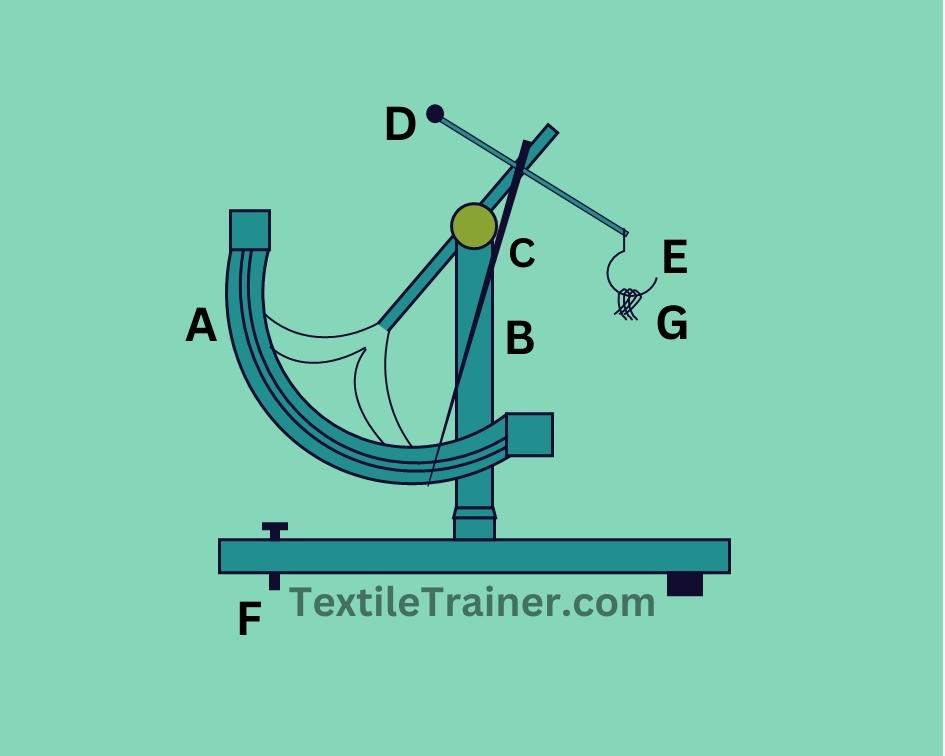
| A= Quadrant Scale | B= Pillar |
| C= Pointer | D= Counter weight |
| E= Sample hook | F= Leveling Screw |
| G= Yarn Smple |
The quadrant balance is used to measure yarn, roving, and sliver count. It is more useful when measuring yarn, sliver, and roving from small samples. In some cases, a small piece of fabric is sent for testing, and a count of warp and weft thread is needed. Sometimes, sliver and roving has been brought into the lab for testing, in which case quadrant balance is very useful. The design of this instrument allows it to show the number of sliver roving and yarn when a small sample size is used. It is made up of a simple beam, a quadrant scale, and a hook. A simple beam is used to balance the weight. The hook holds the yarn, roving, or sliver specimens. It is possible to read the sample count directly from the quadrant scale by measuring the length and hanging it on the hook, then reading it directly. Quadrant balances are more versatile because they can be engraved with multiple series of values. It is imperative to check the 0 position of the scale before testing. For cotton fibers, cut warp and weft threads in specific lengths. To measure the count of warp and weft threads used in balancing. The quadrant scales are marked differently for thread, roving, and sliver.
Measurement scale for Quadrant Balance:
- First scale may read from 0.1 to 1.0 to give the count of a 4 yds sliver.
- Second scale may read from 0.1 to 0.6 for 20 yds roving.
- Third scale may read from 4s to 80s for 840 yds yarn.
Standard testing temperature:
An atmosphere at the prevailing barometric pressure with a relative humidity of 65% and temperature of 200 C is called standard testing temperature.
Apparatus:
- Wrap Reel.
- Quadrant Balance.
- Yarn Package.
- Scissor.
Working Procedure:
- Select a suitable package of yarn, either cheese or cone form.
- Take a 4-yard length of yarn and measure it using a ruler.
- Ensure precision in measurement as slight tension differences can affect the count.
- Secure the yarn by tying a knot to prevent any unraveling, forming a dense mass of cotton.
- Hang the weighed cotton yarn on the hook of a quadrant balance.
- Directly measure the count from the quadrant scale.
- Repeat this entire procedure five times.
- Also, repeat the entire process for a 40-yard length of yarn.
- Record five values for each measurement.
Calculation:
| No of Observation | Length of the sample (yds) | Count from Quadrant Balance (Ne) | Avg. Count (Ne) |
| 1. | 840 | 50 | 50.4 |
| 2. | 840 | 52 | |
| 3. | 840 | 49 | |
| 4. | 840 | 50 | |
| 5. | 840 | 51 |
Result:
Finally, we found average count 50.4
Conclusion:
Whenever the length of the yarn is less than 120 yards, then Quadrant Balance can be used to calculate yarn count. By participating in this experiment, we learned how Quadrant Balance works and also what the result is. Thanks to our teacher for helping us. We can use this knowledge in the future.
You May Read:
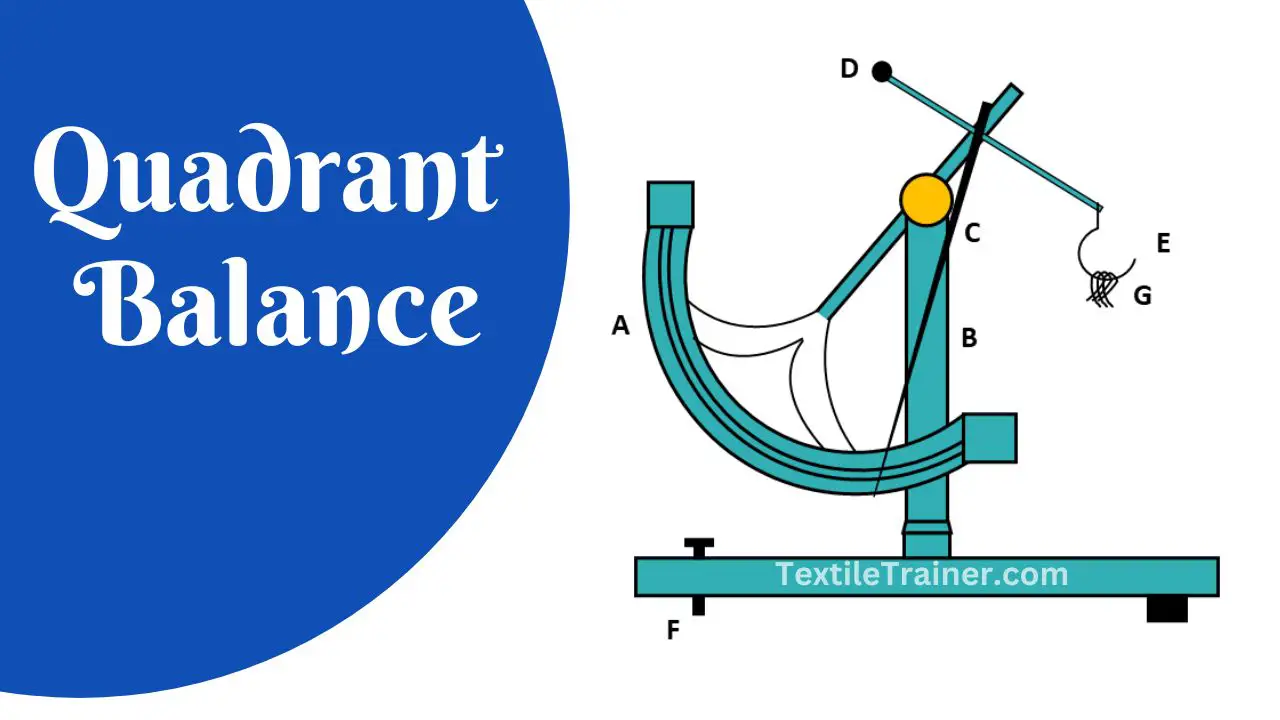

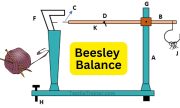
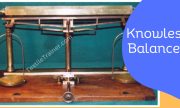
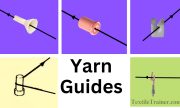

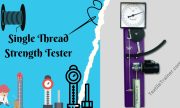
Hey, thanks for the blog post.Really looking forward to read more. Really Great.